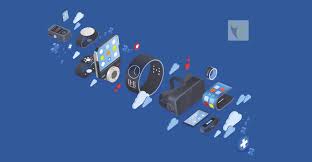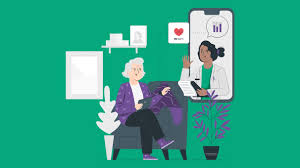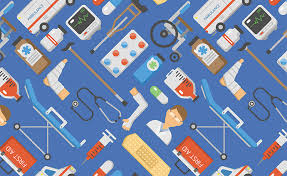The growing ecosystem of devices and products serving peoples’ health and well-being shows us that innovators already see the opportunity to serve the fast-growing market for self-care among people 50 years of age and up.
For nearly twenty years, one thing has felt inevitable: when boomers reach “old age,” senior living demand will surge. And yet ..
ChatGPT Health builds on consumer use of today's ChatGPT so responses are informed by your health information and context.
The prize honors .lumen’s Glasses for the Blind, an AI-based device that applies autonomous driving technology adapted for pedestrians. Using computer vision and local processing, the headset understands the three-dimensional environment in real time without relying on the internet or pre-defined maps and guides the user through subtle vibrations indicating a safe direction to follow.
The United States faces a fundamental mismatch between surging demand and insufficient capacity.

 Design improvements that benefit all will benefit older adults and caregivers. Unlike niche hardware and software for seniors, basic Voice First platforms and software will change rapidly and without disruption for users – accompanied by a ‘What’s New’ weekly email and a few suggestions on new tricks to try – but the changes behind the front-facing features will make the most difference. With the 2018 lens to guide the market today, here are a few ways the user experience and thus the ecosystem should have ratcheted upwards:
Design improvements that benefit all will benefit older adults and caregivers. Unlike niche hardware and software for seniors, basic Voice First platforms and software will change rapidly and without disruption for users – accompanied by a ‘What’s New’ weekly email and a few suggestions on new tricks to try – but the changes behind the front-facing features will make the most difference. With the 2018 lens to guide the market today, here are a few ways the user experience and thus the ecosystem should have ratcheted upwards: Another long-time PERS player sees a watch, makes a watch. Rant on. Last January 2021,
Another long-time PERS player sees a watch, makes a watch. Rant on. Last January 2021,  The ACS will size tech adoption – and not a minute too soon. We might learn from the upcoming
The ACS will size tech adoption – and not a minute too soon. We might learn from the upcoming  Hearing aid users need smartphones and apps. The hearing aid industry has been undergoing disruption in recent years, most notably from the
Hearing aid users need smartphones and apps. The hearing aid industry has been undergoing disruption in recent years, most notably from the  The perfect storm has arrived to drive tech adoption in the home and care services. So many factors converge now that were highlighted during the pandemic – consider the need for telehealth services as an alternative to in-person visits. The lack of broadband access for older adults limited vaccine sign-up or even communication with families or friends. The slow rollout of Wi-Fi in senior living was, to say the least, a miscalculation about the future. And last, but not least, the worsening staffing shortage, noted for years throughout the older adult service industry, is
The perfect storm has arrived to drive tech adoption in the home and care services. So many factors converge now that were highlighted during the pandemic – consider the need for telehealth services as an alternative to in-person visits. The lack of broadband access for older adults limited vaccine sign-up or even communication with families or friends. The slow rollout of Wi-Fi in senior living was, to say the least, a miscalculation about the future. And last, but not least, the worsening staffing shortage, noted for years throughout the older adult service industry, is  Why should home care agencies boost awareness of remote monitoring? Both types of monitoring are increasingly likely to be found by home care professionals entering a new care recipient’s home. The objective of these
Why should home care agencies boost awareness of remote monitoring? Both types of monitoring are increasingly likely to be found by home care professionals entering a new care recipient’s home. The objective of these  March 2022 – in-person annual trade shows are back. For so many who have been Zooming, Teaming, and WebEx’ing, lo, these many months, it’s actually comforting to know that the big exhibit shows are back. This will be exciting for firms hoping to actually meet prospects in person, including events like
March 2022 – in-person annual trade shows are back. For so many who have been Zooming, Teaming, and WebEx’ing, lo, these many months, it’s actually comforting to know that the big exhibit shows are back. This will be exciting for firms hoping to actually meet prospects in person, including events like